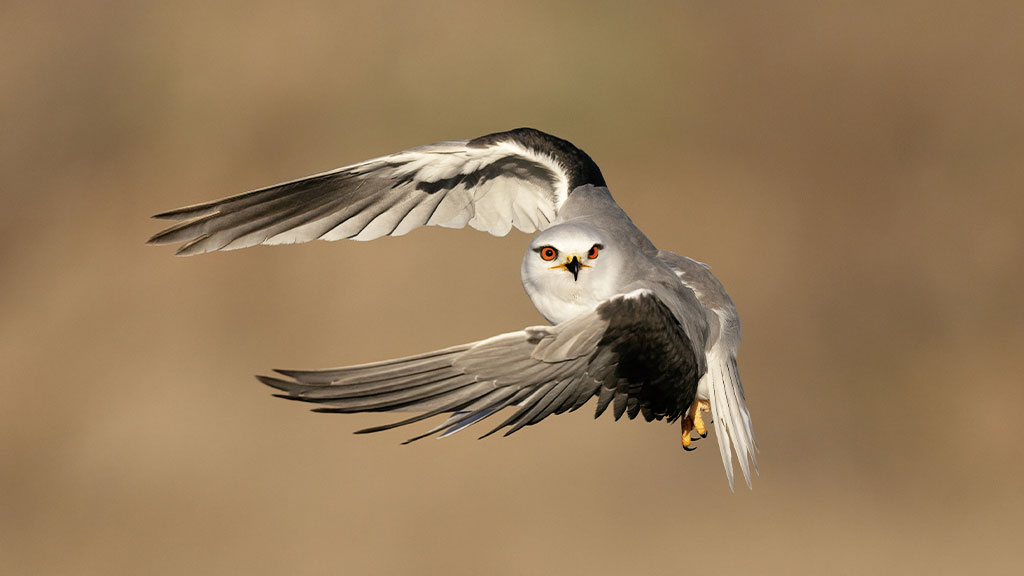How WWT is working to save the tiny bird that’s now rarer than the southern white rhino
A Q&A with Will Costa, WWT’s aviculturist, who’s working to save the rare willow tit.
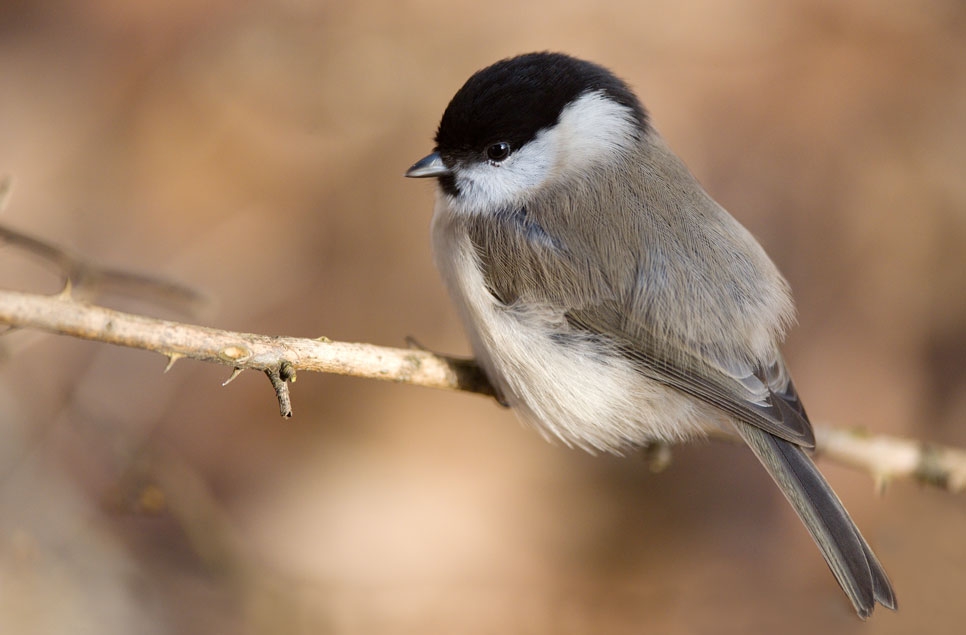
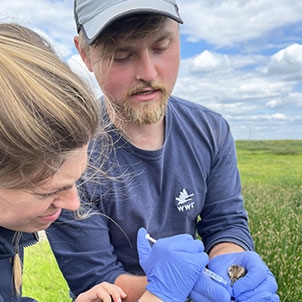
Meet WWT aviculturist, Will Costa, who’s working as part of a wider team, including researchers and the Washington reserve team, to save the rare willow tit. Plus find out how beavers also have a role to play.
Can you introduce yourself and explain what you do day to day?
I’m Will and I’m one of WWT’s aviculturists and project managers working in the species recovery teams. I have a varied role working on a number of our UK projects and when necessary, working with our avicultural teams to rear and release the most vulnerable bird species.
Why have we decided to focus our attentions on the willow tit?
The British willow tit is an endemic subspecies to the UK, meaning it isn’t found anywhere else on earth. Since the 1970s it has declined by almost 94%, meaning that with less than 3,000 individuals left, it’s now rarer than the southern white rhino! Willow tits love wet, damp woodland, a habitat lost throughout much of the UK. WWT manages this habitat on our sites and we are also working towards making wet woodlands more common throughout the country. We hope that understanding more about willow tits and their needs, will allow us to actively support their recovery across the UK as more wet woodland is restored and created.
What do we know about willow tits so far and why are they under threat?
Their population is still decreasing nationwide. A loss of wet woodland habitat has caused willow tits to become isolated and they have struggled due to competition with other species including predation from woodpeckers and introduced grey squirrels. They also face a threat from the bigger, bolder blue tit which often steals their nests affecting the number of willow tit chicks that fledge each year. One population of willow tits had a 55% chance of losing its nest to a blue tit. It takes a lot of energy for the tiny willow tit to bore into wood to make their nests, so losing them to other birds is a huge loss.
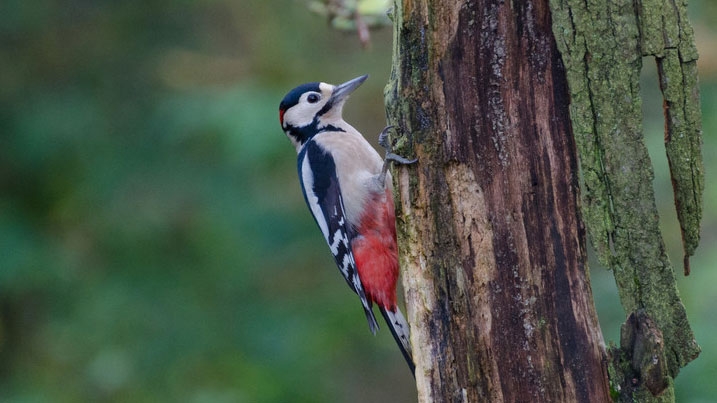
Why should we love the willow tit?
Weighing less than a two pound coin, these industrious little birds bore into rotting wood to create bespoke nest chambers up to 22cms deep. It’s here they lay their tiny eggs, which are so small they weigh about the same as a small paperclip. Willow tits go to huge lengths to protect their eggs. Unfortunately willow tits are routinely struggling to raise their chicks due to predators.
What’s the project hoping to do?
Working with WWT’s fantastic reserve teams, particularly at WWT Washington and with help from Newcastle University we aim to individually colour ring (under license) the willow tits at our Washington centre. This will allow us to learn more about the birds and hopefully teach us what we can do to help them. We are also trialling ‘predator proof’ nest boxes at a number of our sites and working with blue tits at Slimbridge to learn more about the methods we could use to help save the willow tit.
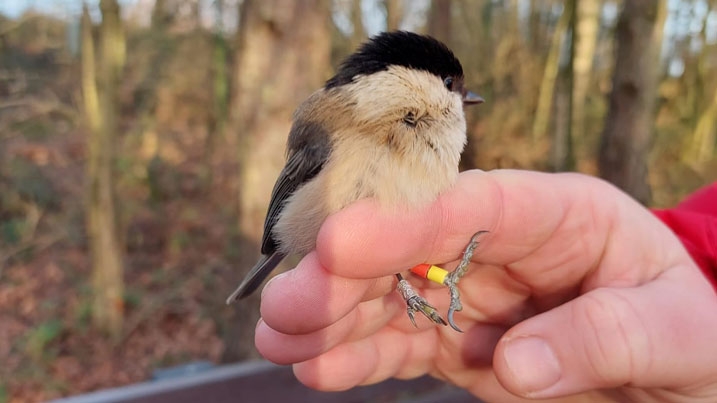
Why is WWT best placed to do this?
WWT has a long history of managing and creating wet woodlands at our centres for willow tits and they are currently present at two of our sites; Washington and Llanelli. We have also used hands on conservation techniques to reverse declines of multiple rare wetland birds, such as Eurasian cranes, black-tailed godwits and spoon-billed sandpipers. Bringing together all of this experience, we hope to help this vulnerable little bird and create more wet woodlands for them to live in.
Why is the initial focus at WWT Washington?
Washington has the biggest population of willow tits at a WWT site, and the most experience within their reserve team led by John Gowland. However, we don’t know a lot about the birds on the reserve. We hope this project will give us more information about the numbers, their successes, and difficulties they face on the reserve, so we are best placed to maintain and potentially increase this important breeding population.
How are we setting about collecting the information?
Citizen science! The willow tits at Washington have been given individual colour rings so the birds can be identified. We are asking visitors to the site to look out for these rings and tell us where they see the individuals.
How will this information help us to help the willow tit?
There are a lot of unknowns about willow tits, their needs, their threats and how we can help them. Understanding how many willow tits are at Washington, where they are on the reserve and how they interact with other birds, will allow us to better target our conservation measures. This is the most important element of this project - gathering ‘baseline data’, ie the information about what is happening right now for willow tits on our sites.
Can you explain a little about how beavers come into this?
Beavers are a true ecosystem engineer! They create messy, wet woodland habitat, which is exactly what willow tits need. As beavers get to work across the UK they will potentially create more willow tit habitat. With some active help we hope beavers could be part of the solution to willow tit recovery.
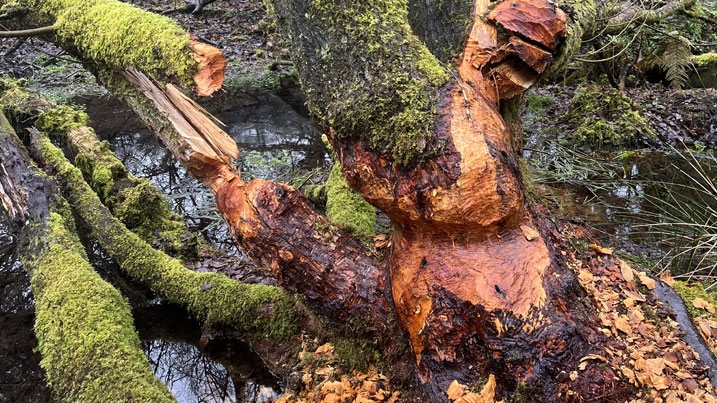
You’re also designing special predator proof nests. Why?
Great spotted woodpeckers have exploded in number in recent years. Woodpeckers naturally predate the chicks of other birds, boring into the side of their nests. However, willow tits are so rare and isolated that woodpeckers are having a disproportionate effect on them. We hope our ‘predator-proof’ nest boxes will provide the willow tits with safe nesting areas.
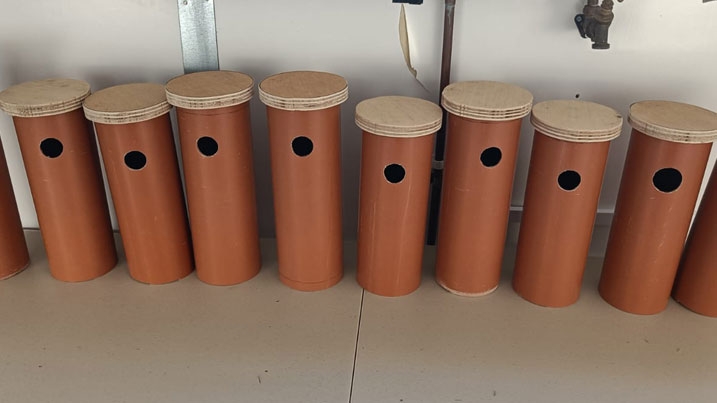
You’re also planning to hand rear some blue tits. Why is this important?
Under license from Natural England, we hope to collect blue tit eggs from our Slimbridge reserve to rear at our specialist conservation breeding facilities. We hope to learn how to work with and manage tit species, in case willows tits become so endangered that we need to jump into action to save them.
You’ve done this sort of work before, what’s the pull for you?
Saving species is hard work. It’s long hours in the field, lots of sleepless nights. Yet it’s the most rewarding job in the world. Knowing that all the hard work is paying off is the best feeling, and who wouldn’t want to work with and help such a beautiful and charismatic bird.
This is a trial, what do you hope it will lead to in the future?
We hope this is the start of willow tit recovery nationwide. Working with our centres we hope to be able to provide a case study on how to effectively help willow tits across the UK.
What are you most looking forward to in the project?
Finding the willow tit nests on our reserves and hopefully seeing chicks fledging from them.
Has anything like this been done before?
This is the first time this suite of conservation measures has been used for a UK tit species. Our nest boxes are the first cost effective ‘predator-proof’ willow tit nest boxes that we know of and will hopefully play a big role in protecting the birds’ eggs and chicks. It is also the first bespoke project aiming to hand rear a UK tit species.
What do you hope you will be able to achieve through this project?
I want more people to know what a willow tit is and to be proud that we have such a charismatic and rare bird in the UK, one that we can hopefully save.
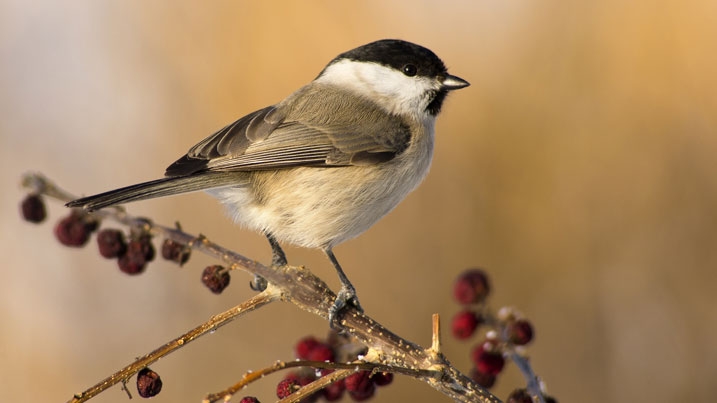
How can people get involved and help support this project?
We’re asking visitors to WWT Washington and our neighbouring areas (Washington and Sunderland) to look out for any colour ringed willow tits and report their sightings to us. You can either complete a form and report it to the team during your visit or let us know directly by emailing info.washington@wwt.org.uk, or by contacting us via social media @wwtwashington.
